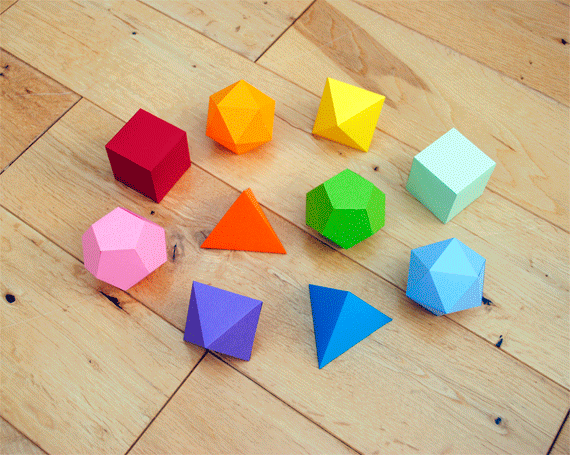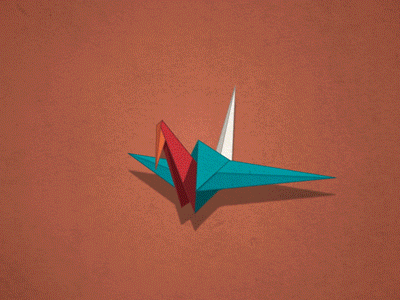

Alignment does not change the order the objects are stacked – it only changes their starting point. It applies to any parent group that has Layout enabled. To set a group’s Direction to Grid, its width must be set to Fixed.Īlignment determines the anchor point that layers align to. Grid means the group’s objects will arrange horizontally until they reach the maximum width, at which point they will stack in a new row.Vertical means the group’s objects will arrange top-to-bottom.Horizontal means the group’s objects will arrange side-to-side.When setting Direction, there are three parameters to choose from: Horizontal, Vertical, and Grid. The direction determines how they layers in an AutoLayout group are arranged. In Origami, you enter a specific number in the Size input field to make a layer Fixed.

In Sketch, Fixed is an option in the dropdown. Fixed means the height/width of the object or group is set to a specific value.Grow means the object or group will grow to the height/width of its parent group.Auto means the parent group will snap to the height/width of the objects inside of it.When setting Size, there are three parameters to choose from: Auto, Grow, and Fixed. It applies to any layer that has a parent group with Layout enabled AND any parent group with Layout enabled. Size determines the width and height of an object or group. Absolute means the object will ignore the other objects in the group and position itself at some X and Y value within the group.Relative means the object will position itself relative to the other objects in its group.When setting Position, there are two parameters to choose from: Relative and Absolute. Position applies to any layer that has a parent group with Layout enabled. Position determines where an object is in relation to other objects in the group. Any objects within that group will get new Layout-related properties. In order to use Layout, you have to enable it on Artboards and Group layers. Those coming from the web can think of it similarly to Flexbox. Designs automatically respond to any changes, making it faster to create & iterate on your work. With the boom now deployed, mission specialists are ready to focus on commissioning the telescopes, preparing them for the spacecraft’s first science.Layout is a dynamic system of constraints that controls the way your design elements are placed to create adaptive layouts. “Right now, I’m smiling from ear to ear.” “For those of us in the space game, moving parts are always frightening,” said Martin Weisskopf, IXPE’s principal investigator at NASA’s Marshall Space Flight Center.

So IXPE’s boom had to fold up, like origami, into a 12-inch (0.3-meter) cannister and stretch out again in orbit. To focus X-rays, IXPE’s mirrors need to be about 13 feet (4 meters) away from the detectors. That’s too large to fit inside some rocket fairings.

The IXPE observatory features three identical telescopes, each with a mirror assembly and a polarization-sensitive detector. A gif of IXPE deploying in space before starting its science operations to study the cosmos. 9, is one step closer to studying some of the most energetic and mysterious places in the universe in a new way. 15, giving IXPE the ability to see high-energy X-rays. NASA’s newest X-ray observatory – the Imaging X-ray Polarimetry Explorer, or IXPE – extended its boom successfully Dec.


 0 kommentar(er)
0 kommentar(er)
